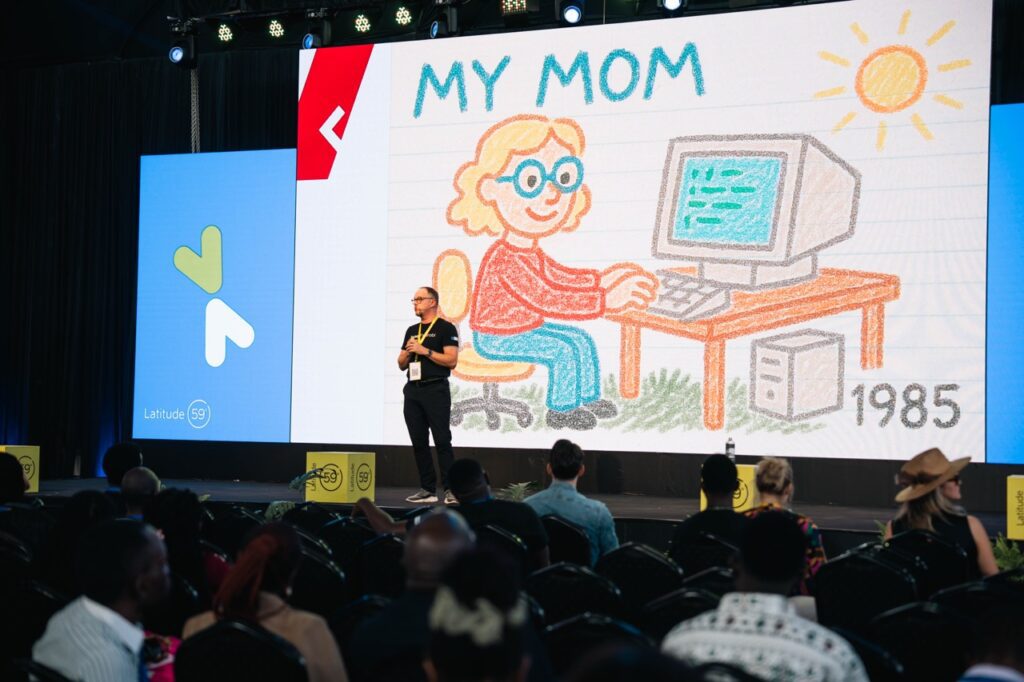Congratulations! You’ve come up with a brilliant idea for a new start-up, received a start-up visa, and relocated to Estonia! All you need now is a devoted team of developers to translate your idea into something tangible. In this blog post, we will explore different methods for acquiring the services of software developers in order to make the next tech revolution happen.
Option 1: Remote work based on service agreements
The easiest way to obtain the services of software developers is to discuss service agreements with each developer individually. One upside to this approach is that you have complete autonomy over your choice of developers if you allow your developers to work remotely. In this case, there are no legal limitations stemming from the nationality or citizenship of the developers you employ. The legal obligation to register as an employer abroad may arise in certain cases, but overall, this is a straightforward and painless approach to hiring your ideal team. However, receiving work remotely can mean that you have little control over your people. It requires you to enforce strict deadlines and set clear objectives to ensure that everything goes according to plan. Furthermore, should you require the physical presence of your team members in Estonia, there may be a need for visas.
Option 2: Intra-EU hires
If you wish to have your team present in Estonia yet have no desire to deal with bureaucratic hassles or logistical stressors, you can instead opt for employees within Estonia or the EU. Thanks to one of the EU’s fundamental economic freedoms – the free movement of persons – there is, from a legal standpoint, little difference between hiring a citizen of the EU and hiring an Estonian. The EU citizen merely has to register their address in Estonia with the population register to receive their Estonian personal identification code. Depending on the nature of the work and the company’s approach, the agreement between the start-up and the EU citizen can either be an employment agreement or a service agreement; the differences between the two lie in the degree of control the company has over the developer and the protection the employee is awarded by law.
Option 3: Start-up visa
If the aforementioned options are unappealing for one reason or another and you are currently running a start-up in Estonia, there is a special type of visa available for hiring foreign workers: the start-up visa. Established in 2017, the start-up visa has recently garnered positive reactions and widespread use within the start-up community.
The process behind hiring workers under the start-up visa scheme is substantially easier than using the general visa scheme. This is because workers who are granted the start-up visa are not counted towards the quota for visas that are granted for working and residing within Estonia. To receive this particular visa, one must first send an application to the Start-up Committee to be granted an exception. Next, the employee must apply for the visa or a residence permit, depending on their duration of stay in Estonia.
Option 4: Short-term work
If you are certain that you need non-EU developers present in Estonia and that the project will be completed in a matter of months, it is possible to utilize a more simplified process for short-term workers. In this case, the worker must have a legal basis to stay in Estonia (e.g. a short-term or long-term visa) and the work being performed must be registered with the Police and Border Guard Board. The work period must not exceed 365 days in 455 consecutive days. Furthermore, there are specific salary requirements to consider whilst making use of this option.
Option 5: The standard visa
If the options above are not right for your company, you can always assemble your team through a more traditional route. You can start employing people to work in Estonia and have these incoming employees apply for a work and residence permit. Unfortunately, this is by far the most complex and costly route, simply because there are multiple requirements and the quota for work and residence permits is applicable. When considering this option, keep in mind that the quota fills up quite fast – in fact, by January 3rd, 2019 there were already more applications submitted than the 2019 quota could hold.
As you can see, there are various approaches to hiring a development team while running your business from Estonia – you simply need to pick the option that is most suitable for you. When deciding between the different options, please keep in mind that the methods presented may be taxed differently; therefore, your final decision should be made only after researching the tax implications for each. Welcome to Estonia!
Hedman Partners is hosting a side event at Terrace Hall on Day 2 of Latitude59 to 17 May(11.45-12.45 ) on the story of three investment possibilities: SAFE, CN and equity investment. Which one is best for you?
SAFE, convertible note and equity investment are three main instruments used when attracting investments in start-ups. This presentation highlights the differences and similarities between these and provides guidelines for the process of choosing the most suitable one for your needs. The workshop is hosted by Kati Pino.



